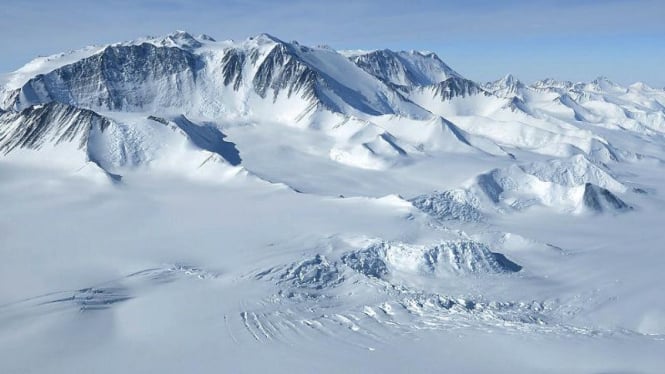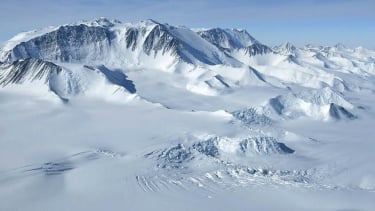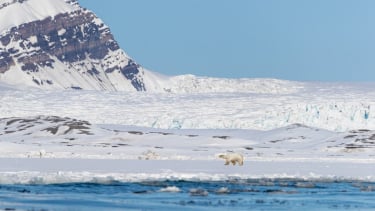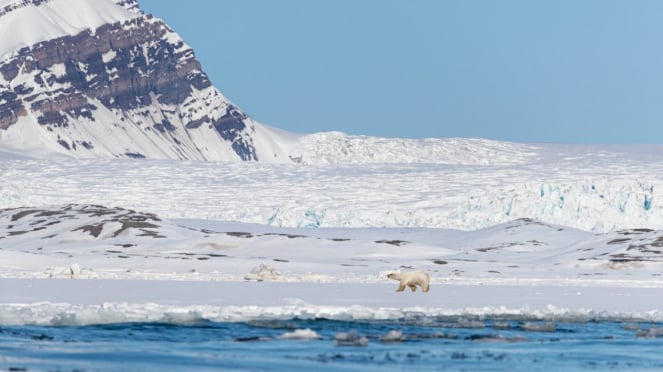North and South Poles, Which One is Colder?
- decodedscience.com
VIVA – North and South Poles are known as the area is coldest because of its position at the very top and bottom of the Earth. The sun rarely shines on both areas. In fact, in winter, the Sun will not appear for months.
The white surface of the ice and snow covering the poles is highly reflective and causes the energy radiated from the sun to bounce back into the air, making the region colder.
Even so, the South Pole is still colder than the North Pole. According to a report from the Woods Hole Oceanographic Institution, the average annual temperature in the Arctic reaches minus 40 degrees Celsius in winter and 0 degrees Celsius in summer.
This number is quite a contrast to the average temperature at the South Pole which is cooler or reaches minus 60 degrees celsius in winter and minus 28 degrees Celsius in summer.
Beruang Kutub mencari makan di Kutub Utara.
- Airlink Alaska
The main reason the South Pole is colder than the North Pole lies in the key difference between the two. According to scientists from Columbia University, the north pole is the ocean and the south pole is the continent.
"The North Pole is an ocean. While the South Pole is a continent," said Polar Scientist from Columbia University, Robin Bell, quoted from the Live Science website, Wednesday, June 8, 2022.
The North Pole is located at sea level. So, there is no solid land at the North Pole, only a series of icy formations in winter.
Then, the South Pole sits 9,000 feet above sea level. Higher elevations are colder than locations at low altitudes, because seawater acts as an insulator, holding in heat from the sun and warming the air around it. Because the North Pole is nothing but seawater, it is able to retain heat more efficiently than the high-and-dry South Pole.
The thickness of the ice at the North Pole is about 6 to 9 feet thick or about 2-meters to 3-meters compared to the South Pole which is only around 3 to 6 feet or about 1-meter to 2 meters. However, the South Pole has more ice than the North.
The Arctic ice sheet is up to 3 miles (4.8 km) thick and covers about 5.3 million square miles (13.7 million square km).
"That is, this area is comparable to the size of the United States (US) combined with Mexico," explained Bell.





























